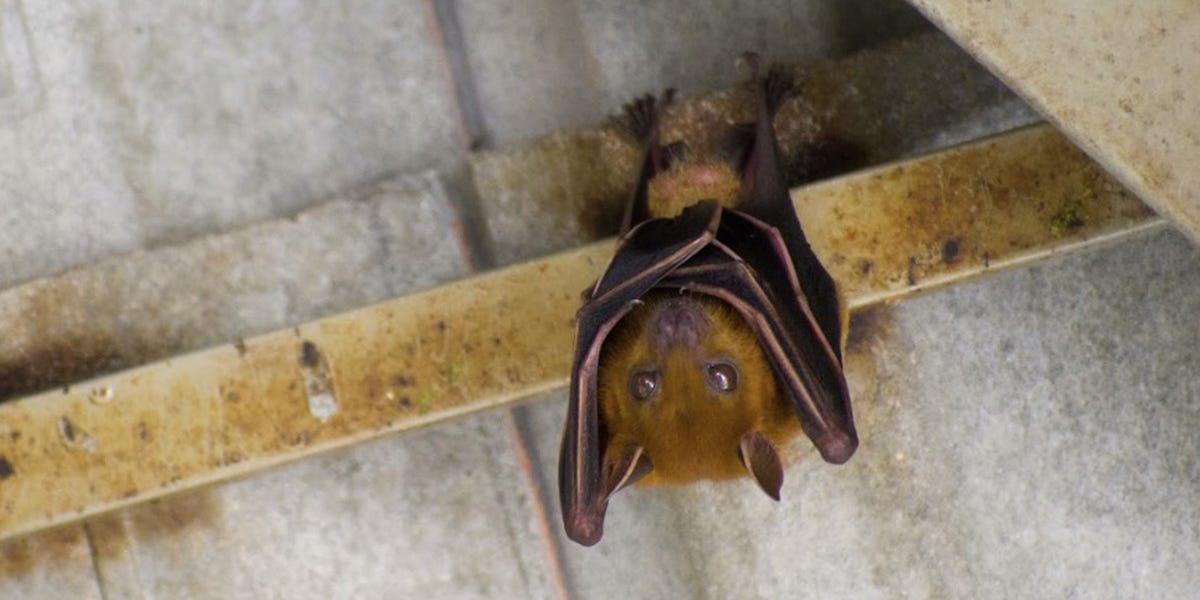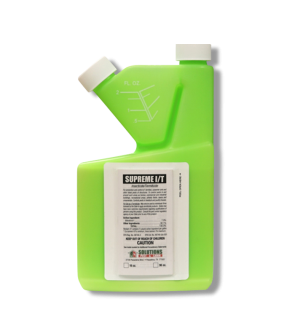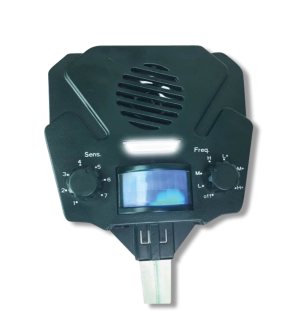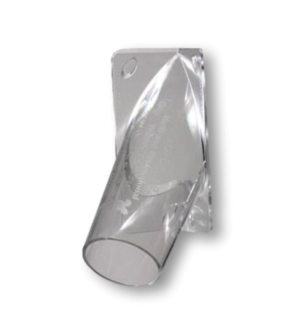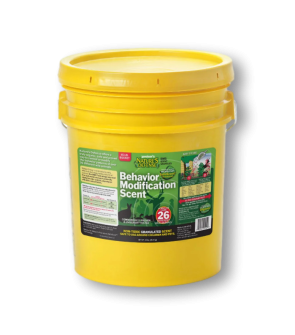Gain access to personalized product screening, the best pricing, rewards, and more!
Most Effective Products
Bat Control: How To Get Rid of Bats
This page is an expert guide on getting rid of bats using the products and methods our experienced pest control specialists suggested. This guide offers a two-pronged approach by treating bat food sources and what strategies you can use to keep the bats away.
Encountering a bat in or around your home can feel like an eerie scene from a horror movie. Bats are commonly found in attics, chimneys, and basements that haven’t seen the light of the day long. You might wonder how they settled in, but getting inside for these mammals is easy.
While bats are normally thought of living in the wilderness or in caverns and caves, they are becoming more common in urban and suburban areas. Bats that may be hanging around a neighborhood may eventually make their way indoors if they are enticed by an area to roost, normally settling in attics, chimneys, or the edges of roofs.
Bats don’t require much space, and their supple body allows them to squeeze into small spaces. While bats are not aggressive creatures, they will screech, scratch, or bite if they are scared. They are most harmful when they carry rabies or have left bat droppings known for carrying bacteria that can cause diseases.
If you have encountered a bat in your home or lurking around outside, the DIY guide below will provide tips and techniques for safely removing them from the premises and preventing them from intruding in the future.
Identification

First, it's important to identify and make sure that what you are dealing with is a bat. Misidentification can lead to using the wrong treatment methods, wasting time and money. Bats are unique creatures that most people will immediately recognize because of their distinct traits. There are around 1,240 species of bats found all over the world, and they can vary in size, color, and wingspan.
- The majority of bats are brown or dark-colored, with prominent, hairless, and flexible wings. They are the only mammals that can fly.
- Bats are divided into two main categories: microbats and megabats. Microbats are the smaller type of bats, ranging from less than two inches in length up to five inches. Megabats are much larger and have bigger wingspans.
- Bats are often nicknamed "flying rats" because of their furry appearance and large, pointy ears. They are also known for having sharp teeth and claws, which they use to hang upside down when they are at rest.
Use the description and image above to help you properly identify a bat you may have encountered.
Inspection

After you have confirmed that you are dealing with bats, you will need to perform an inspection to determine where the bat is located and where it frequents.
Where To Look
When the temperatures drop, bats often look to quiet, secluded areas indoors for a warm place to stay. Outdoors: check around the exterior of your home, up on the roof, or around your chimney. It would be best to look for them in your attic or basement.
What To Look For
You want to look for the bats themselves or signs of their presence. The most obvious signs they are active in an area are bat droppings or guano. Bat droppings are oily, irregularly shaped, and pointed at the ends. If droppings are concentrated in one area, you want to address the infestation quickly.
Treatment
Once you have identified a bat on your property and figured out where they are settled, you can proceed with treatment. Your best options for getting rid of bats are a combination of repellent products and environmental modifications that will exclude bats or deter them from the area.
Bait mainly sticks around in a home because there are plenty of insects for the bat to live off of. By addressing and eliminating the insect population, the bats will naturally move on elsewhere because their food supply is gone. We recommend applying Supreme IT Insecticide around your yard to do this.
Step 1: Apply Supreme IT Insecticide

Supreme IT is a broad-spectrum insecticide that is labeled for treating a large number of insects that bats like to eat. It also has a long residual effect that kills for up to 90 days after application.
To apply Supreme IT, mix it with water in a handheld pump or hose-end sprayer.
Add Supreme IT at a rate of 1 oz. per gallon of water to cover 1,000 sq. ft.
To accomplish uniform control when applying to dense grass foliage, use volumes of up to 10 gallons per 1.000 sq. ft. Measure the square footage of your lawn to determine how much Supreme IT you need to cover the entire area. Shake well and pump your sprayer.
Next, you should spray a perimeter treatment of Supreme IT around the outside of your home and structure to create a barrier that will keep insects out. Spray around doors and windows, around the foundation going up 2 or 3 feet, and then spray any other possible entry points.
Prevention
Once the bat has been removed from your property, it's important to take the following preventative measures to ensure they do not return:
- Once you have applied Supreme IT and eliminated the insect population, the bat will likely not return. Still, keep up with quarterly applications of this insecticide to limit food sources.
- Seek out and subsequently cut down any dead trees found on your property. Dead trees become rotten, making ideal homes for bats, especially if they are all hollow inside. Apart from that, cover up your firewood.
- Seal off any points of entry that a bat may use to slip into your home. We suggest using Stuf-Fit copper mesh and placing the mesh around areas where you feel a bat may try to sneak inside your home and find a place to rest.
- Since bats prefer to stay in the dark, hanging shiny ornaments, mirrors, and aluminum foil around their nests is a great way to prevent them from making one. The reflection and the noise will drive them crazy, and they won't want to stay.
Key Takeaways
What are Bats?
- Bats are flying mammals that may seek out a home to seek warmth when temperatures are cool and will stick around to feed on insects.
- While they may be startling, they are not aggressive and like to stay away from humans but can bite when threatened.
How To Get Rid of Bats Inside and Outside Your House
- A broadcast treatment of Supreme IT insecticide on your lawn can help kill insects and indirectly get rid of bats by getting rid of the bat's food supply.
Preventing Bat Reinfestation
- Prevent bat infestations by removing their roosting spots, implementing exclusion measures by using Stuf-Fit Copper Mesh, and putting up shiny ornaments where they have been active.
- You can also reapply Supreme IT to reduce the insect population so that the bats have little to nothing to eat.






